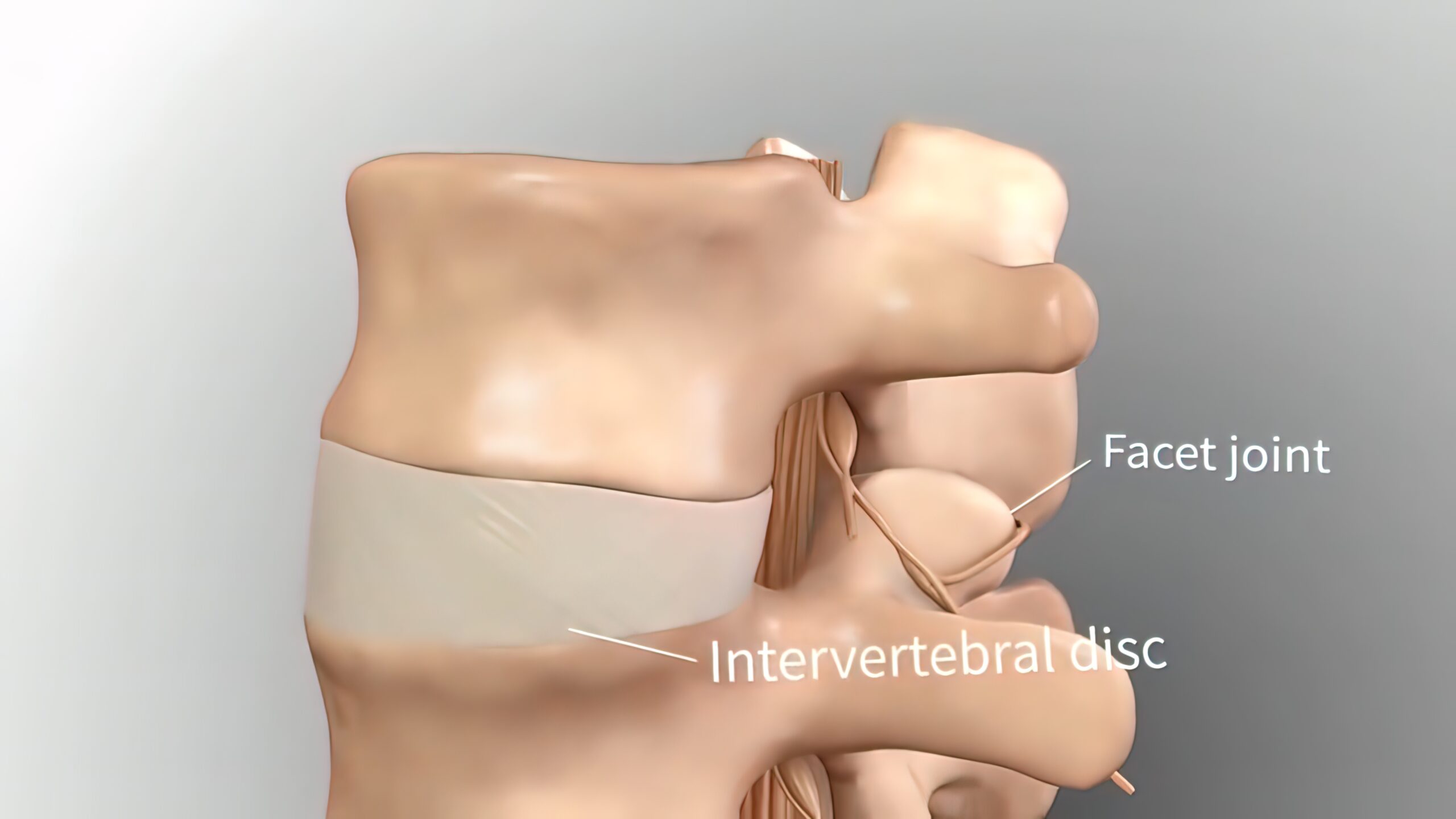The Mechanism of Facet Injury after an Auto Accident
Facet joints, found on the posterior aspect of the spine, are integral to the stability and mobility of the vertebral column. They are small synovial joints that are responsible for allowing smooth, controlled movements and also for restricting excessive motion. Facet injury, often a result of an auto accident, can lead to considerable pain, stiffness, and reduced mobility. Understanding the mechanism of facet injury after an auto accident can help raise awareness and promote timely diagnosis and treatment.
A facet injury occurs when excessive force is applied to the facet joints, typically during a sudden impact like an auto accident. The severity of the injury is influenced by the speed and direction of the collision, the position of the occupants, and any pre-existing spinal conditions. The three primary mechanisms of facet injury in auto accidents are hyperextension, hyperflexion, and rotational forces.
Hyperextension: This mechanism occurs when the spine is forced into an excessive backward bending position, causing the facet joints to compress and potentially fracture or dislocate. Rear-end collisions are the most common cause of hyperextension injuries in auto accidents. The abrupt acceleration of the vehicle forces the occupant’s head and neck to snap back, resulting in a “whiplash” motion. In severe cases, the excessive pressure on the facet joints can lead to dislocation, subluxation, or even spinal cord injury.
Hyperflexion: Hyperflexion injuries are caused when the spine bends forward excessively, causing the facet joints to stretch beyond their normal range of motion. This can lead to strain or tearing of the joint capsule, ligaments, and surrounding soft tissue. Frontal collisions often result in hyperflexion injuries, as the sudden deceleration forces the occupant’s head and neck to snap forward.
Rotational Forces: The spine is not designed to withstand excessive twisting motions, and during an auto accident, rotational forces can lead to facet joint injuries. In a T-bone or side-impact collision, the occupant’s torso may be subjected to significant rotational forces, causing the facet joints to twist and potentially dislocate. This can result in nerve impingement, inflammation, and subsequent pain.
Facet injuries are often difficult to diagnose due to their nonspecific symptoms, which can mimic other spinal injuries or conditions. Timely intervention is essential to minimize the risk of chronic pain and disability. Treatment options may include physical therapy, medications, facet joint injections, or in severe cases, surgical intervention.
Understanding the mechanism of facet injury after an auto accident is crucial for effective diagnosis, treatment, and prevention. Facet joint injuries are typically caused by hyperextension, hyperflexion, or rotational forces during a collision. Increased awareness of these mechanisms can help promote safety measures and guide appropriate medical care to reduce the long-term impact of facet joint injuries on affected individuals.
